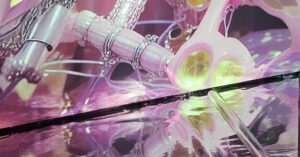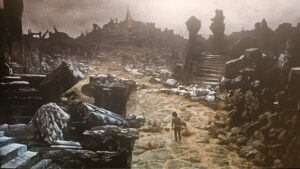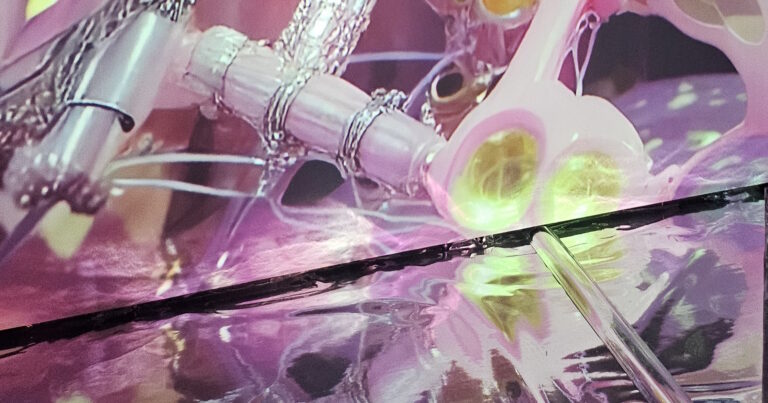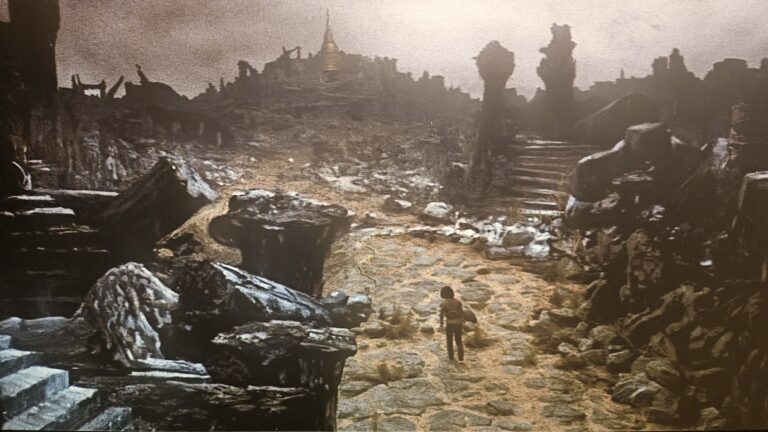Roma, 1595 – Mantova, 1651
If you’re passionate about baroque art, you might have heard of Domenico Fetti. Born in 1589, six years before his sister, he worked for the Gonzagas and Mantova’s churches are literally littered with his work, from the Cathedral’s apse to Sant’Orsola. He’s often described as a naturalist, influenced by both Caravaggio and Rubens, and celebrated for his attention to everyday scenes in his late Venetian production.
His sister Giustina, later known as sister Lucrina, didn’t have the luxury of painting everyday scenes, and she wouldn’t have known anything about it: in order to paint, she was forced to seek shelter within the austere walls of a monastery.
When she moved to Mantova in 1614, upon her bother’s hiring at the Gonzaga court, she already was a very talented painter and, through the quality of her work, she was able to attract the attention of Ferdinando Gonzaga, who paid 1500 crests for her to be admitted at the convent of Sant’Orsola. Founded in 1599 by Margherita Gonzaga, the convent was already recognised as a preferential place for noble women to continue their education and pursue their intellectual careers, albeit tied with the principles of the monastic life. None of her paintings survives from before her entering the monastery, but the production of sister Lucrina can be neatly divided into two categories: the religious subjects that were almost compulsory, and political portraits commissioned from outside the nunnery, as a testament of the diplomatic and political influence she exerted on behalf of the monastery.

Saint Margaret, often attributed to her and her brother, though there’s no proof he ever held a brush upon it.
Her religious subjects decorated the church annexed to the monastery, and we count eleven of them, though some canvases are currently in private collections overseas.
When it comes to the portraits, her work distinctively included several influential ladies at court, such as Margherita Gonzaga, who briefly lived with Lucrina at the monastery. Both her portraits convey a sort of melancholic kindness, paired with austerity, wealth and elegance, and they’ve often been attributed to a generic “Mantuan school” though we possess clear proofs of their attribution to Plautilla. This is probably her more personal work.
Another subject to whom she dedicated more than one painting was Eleonora Gonzaga, to whom she dedicated a smiling, highly political portrait on the occasion of her marriage with Emperor Ferdinando. If you compare this to the previous one, though they might seem similar in pose and effect, you can appreciate how Lucrina was able to fine-tune her style and expressivity to suit the need of the commission: if the first one is an intimate portrait, commissioned by a friend and intended for somewhat private quarters, the second one is part of a dowry and is meant to express the qualities of the new empress to both her husband and his court.
Other subjects for her portraits were Caterina de’ Medici, who also stayed at the convent for a span while awaiting her marriage with Duke Ferdinand in 1617, and Maria Gonzaga, the daughter of Francesco and Margherita di Savoia.
After the death of her friend and protector Margherita, all this highly political work paid off: the convent, and Lucrina herself, were wealthy enough to provide for their own protection and in 1632 we find testimony that Lucrina was self-sufficient enough to pay herself for her sister’s transfer to her convent. Her dowry had been previously paid by their brother Domenico, but Lucrina didn’t need him anymore. Domenico died in 1623, closely followed by their other male brothers Tommaso, Clemente and Vincenzo, all without heirs. There was no other chance but for Lucrina to inherit their father’s fortune, mostly from the Zuccaro Tower and other properties around the Duchy.










No Comments